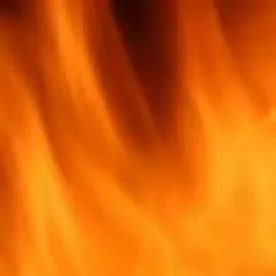The California Division of Occupational Safety and Health (Cal/OSHA) recently posted an advisory notice regarding the wildfires that have been afflicting Southern California.
The notice advises employers to undertake special measures to protect workers from hazards relating to wildfire smoke. According to the notice, “the greatest hazard comes from breathing fine particles, which can reduce lung function, worsen asthma and other existing heart and lung conditions, and cause coughing, wheezing and difficulty breathing.”
Employers with operations exposed to wildfire smoke are required to take appropriate measures as part of their injury and illness prevention programs. “Those measures include:
-
Engineering controls whenever feasible (for example, using a filtered ventilation system in indoor work areas)
-
Administrative controls if practicable (for example, limiting the time that employees work outdoors)
-
Providing workers with respiratory protective equipment, such as disposable filtering facepieces (dust masks).
-
To filter out fine particles, respirators must be labeled N-95, N-99, N-100, R-95, P-95, P-99, or P-100, and must be labeled approved by the US National Institute for Occupational Safety and Health (NIOSH).
-
Approved respiratory protective equipment is necessary for employees working in outdoor locations designated by local air quality management districts as “Very Unhealthy,” “Unhealthy” or “Hazardous.”
-
It takes more effort to breathe through a respirator, and it can increase the risk of heat stress. Frequent breaks are advised. Workers feeling dizzy, faint or nauseous are advised to go to a clean area, remove the respirator and seek medical attention.
-
Respirators should be discarded if they become difficult to breathe through or if the inside becomes dirty.”
-
Notably, employers are required to train employees regarding the proper use of respiratory protective equipment.
-
-
For more information on employers’ obligations in light of the wildfires, visit Cal/OSHA’s Worker Safety and Health in Wildfire Regions webpage.



 />i
/>i
